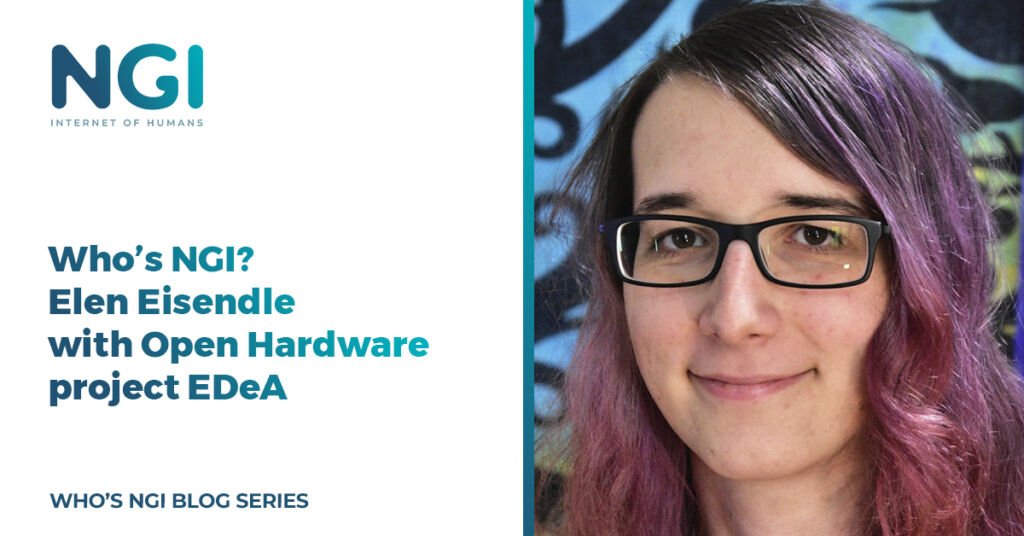
Tell us about yourself
My own journey into electronics started just over three years ago. I had been using computers for ages, and was fascinated by what’s under the cover. I am a self-taught electronics tinkerer, who is intimately familiar with software development tools and practices. Peeking into the world of hardware development made me feel amazed.
After the initial rush and fascination wears off a bit, and building electronics becomes more mundane and part of my daily life, I started to wonder: why can’t I have hardware libraries like I have software libraries?
What problem is your project trying to solve?
How can we share the subcircuits we build? Trying to collaborate with other people on open hardware projects showed us how impossible it is today.
Why do I have to build some parts over and over again? Where’s my go get or pip install for that DC/DC converter I need? And why can’t I even reuse my own schematics, and copy-paste between KiCad (an electronics design software that is open source) instances?
Often it takes many hours of consideration and consulting datasheets, reading application notes and ‘dead-tree’ text books to get something right. Then meticulously adjusting the traces to get the best performance out of a layout, or to squeeze everything into the smallest area possible. Something I will need to do again, even when using the very same parts in the next project! Why can’t I easily share the fruits of this work with others?
To achieve more with less work, we need to stand on the shoulders of giants, like we do in software today. We can often just include a library, call an init function with the right parameters and get on with it. Read the documentation so we understand what we must know, but we don’t always need to learn how exactly it works. So why not with circuits too?
Could you explain a little bit more about open hardware?
There is a growing Open Hardware movement, a diverse bunch of people with intimidating skill levels, and they are re-implementing the wheel over and over. What if it were easy to share those tricks, to reuse what we already made and tested, so we can build better, cheaper, or achieve more? What if we could drop a known good layout into a design? And maybe even dynamically parametrise components, so that we don’t have to calculate everything by hand or by obscure spreadsheets?
Talk us through what’s new about your project, EDeA
From a very naïve “how hard can this be?” question, we first built a primitive prototype tool to merge KiCad projects, including their schematics and PCB layout. This still needs a lot of work before it can be considered safe, including correct net aliasing, nesting of subschematics, etc. But this solves only one part of the problems, something which should be solved in the upcoming major release of KiCad anyways.
How did NGI support move EDeA forward?
We have the basic structure that is usable for EDeA; a community portal to share, find, and assemble subcircuits into KiCad projects. But progress has been a bit slow because of the pandemic and combined natural disasters, it’s almost impossible to get some computer chips which were used for demo projects.
Before NGI support, we had a basic prototype which we could use, but was not user-friendly and was the bare minimum.
NGI helped us focus full-time to make it usable for the average electronics engineer. We worked on it so that we have the minimum viable product. It’s easily usable but doesn’t have all the features we wanted it to have yet.
NGI Zero Discovery’s Michiel Leenaars connected us to other recipients of NGI funding – there’s a lot of talk, sharing ideas and helping each other out.
I was already in touch with the Reform Project (an open hardware laptop initiative) and I encouraged them to apply for NGI support, so they also received NGI financing and mentoring. I’m also in touch with Open Know How. They published the first open standard for open hardware. I met them through NGI and we are still collaborating today
What are the next steps?
What we’re working on now is updating our tools to work with KiCad 6 which came out in the meantime. After that, adding all the features we want, which include visualisation so people can view the circuits online; and better data extraction so people can view the bill of materials – which chips are in there. And possibly maybe in the future to check if you can currently buy those chips, hopefully, the microchip shortage situation is getting better in the second part of this year on so people can view the bill of materials – which chips are in there. And possibly maybe in the future to check if you can currently buy those chips, hopefully the chip shortage situation is getting better in the second part of this year.
What are your thoughts on open hardware in Europe?
There’s a dedicated community in Europe, I know a few people who use open hardware and it’s something which would need more funding and more of a chance to grow, the possibilities are endless for what you can make and collaborate on.
Regular hardware producers are about selling products, making a profit and protecting your innovation it’s a closed ecosystem. With open hardware, we’re encouraging each other to build better, repair things, work together and innovate together.


